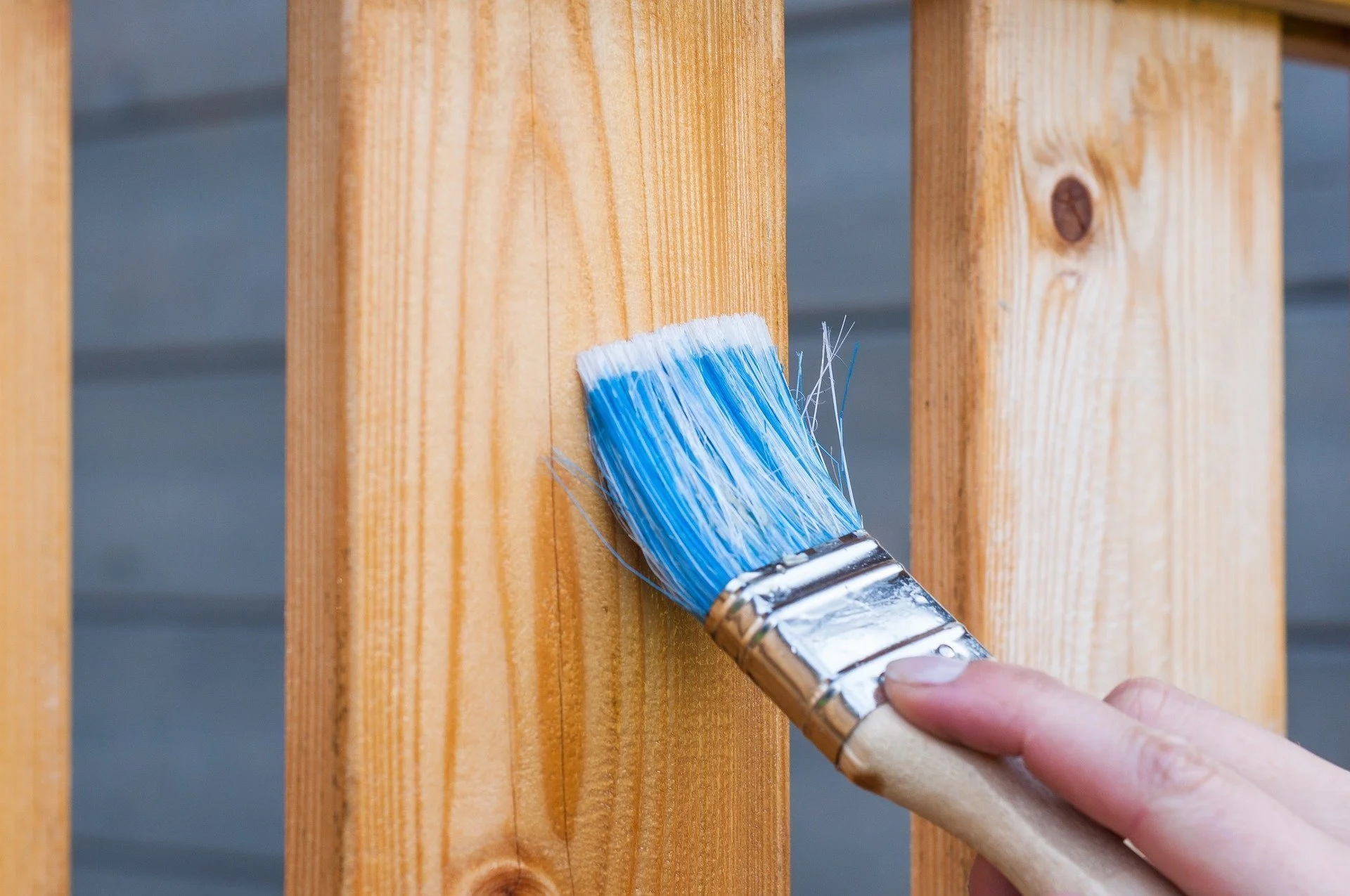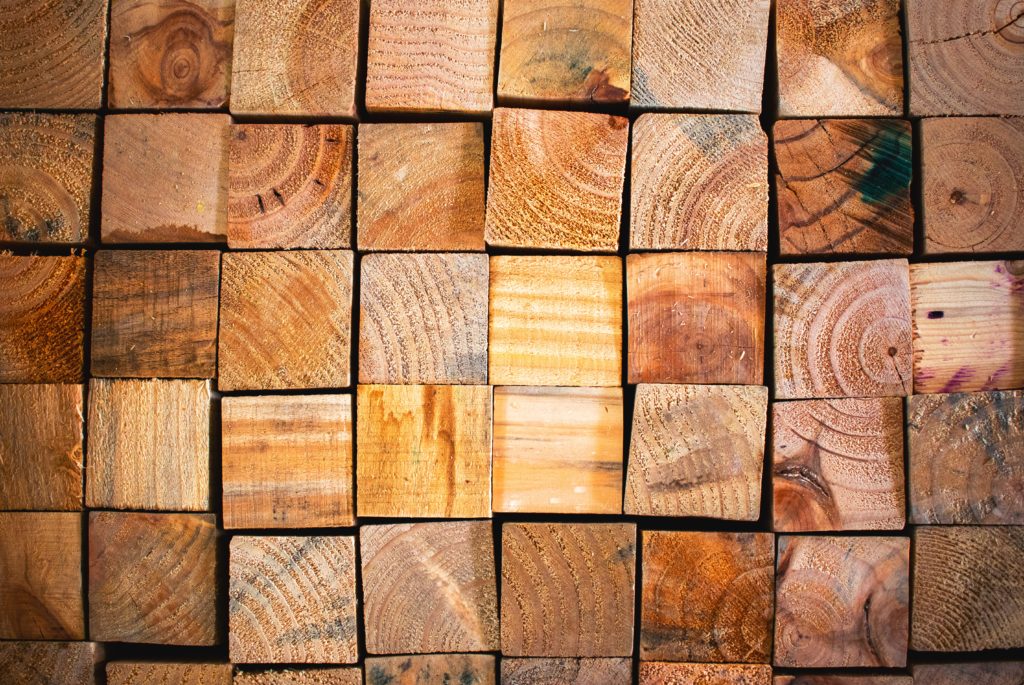Whether building houses or furniture, most people still prefer wood. They are easy to shape, cut, stain, and paint. Also, they are very stable.
However, you have to choose whether to use treated or untreated wood depending on where you will use them. So, in this post, we’ll discuss the main difference between treated and untreated wood. Don’t miss out as it will also state which one is better.
The main difference between treated and untreated wood
The main difference between the two is that treated wood is applied with chemicals while untreated wood isn’t. The chemicals used for treated wood act as protection against insects and pests. You can click here if you’re looking for the highest-quality treated and untreated flooring, cladding, and log lap. If you prefer the safest option, go for untreated wood. This type is best if you have pets and children, too.
Treated vs untreated wood—which is better?
Both have their advantages. So, you can only decide which is better depending on how you use the wood. For instance, treated wood lasts longer, even when exposed to elements, so most homeowners use it for outdoor structures that people don’t often reach or touch, such as garden fences or shed roofs.

Where to use untreated wood?
Untreated wood is usually used for interior structures because they easily absorb stain or paint. It is also used for fine furniture, interior doors, cabinets, hardwood flooring, etc. If you need a material that is safe to come in contact with people, food, or pets, choose untreated wood. It doesn’t matter if you’re using it indoors or out.
But how can you protect untreated wood from the staining and warping due to water damage? You can use safe materials to treat wood, such as vegetable-based oil, wax products, shellac, etc. On the other hand, some wood species have naturally occurring chemicals that protect them against insects and harsh weather. Among these wood species are:
- Redwood. This wood is naturally resistant to fungi, insects, and fire due to its high tannin levels. They don’t produce pitch or resin, making wood quickly deteriorate. Redwood has reddish, thick, pithy bark that protects it against harsh elements.
- Cedar. It is among the most durable woods due to its high moisture resistance. Cedar is also resistant to insect damage and decay. It has low shrinkage and density factors, making it twice as stable as most softwoods.
- Cypress. This wood generates a naturally occurring preservative oil called cypressence. This substance makes cypress resistant to decay, insects, chemical corrosion, and other elements that could cause damage.
- Teak. This is an ideal material for outdoor structures as it can withstand harsh weather. It produces natural oil that repels water, allowing it to avoid cracking, warping, and becoming brittle.
Takeaway
When handling treated wood, wear gloves, a dust mask, and safety goggles to protect yourself against the chemicals. Treated wood doesn’t hold extremely hazardous chemicals like chromium and arsenic. However, the substances they contain are still unsafe for human and animal exposure.






